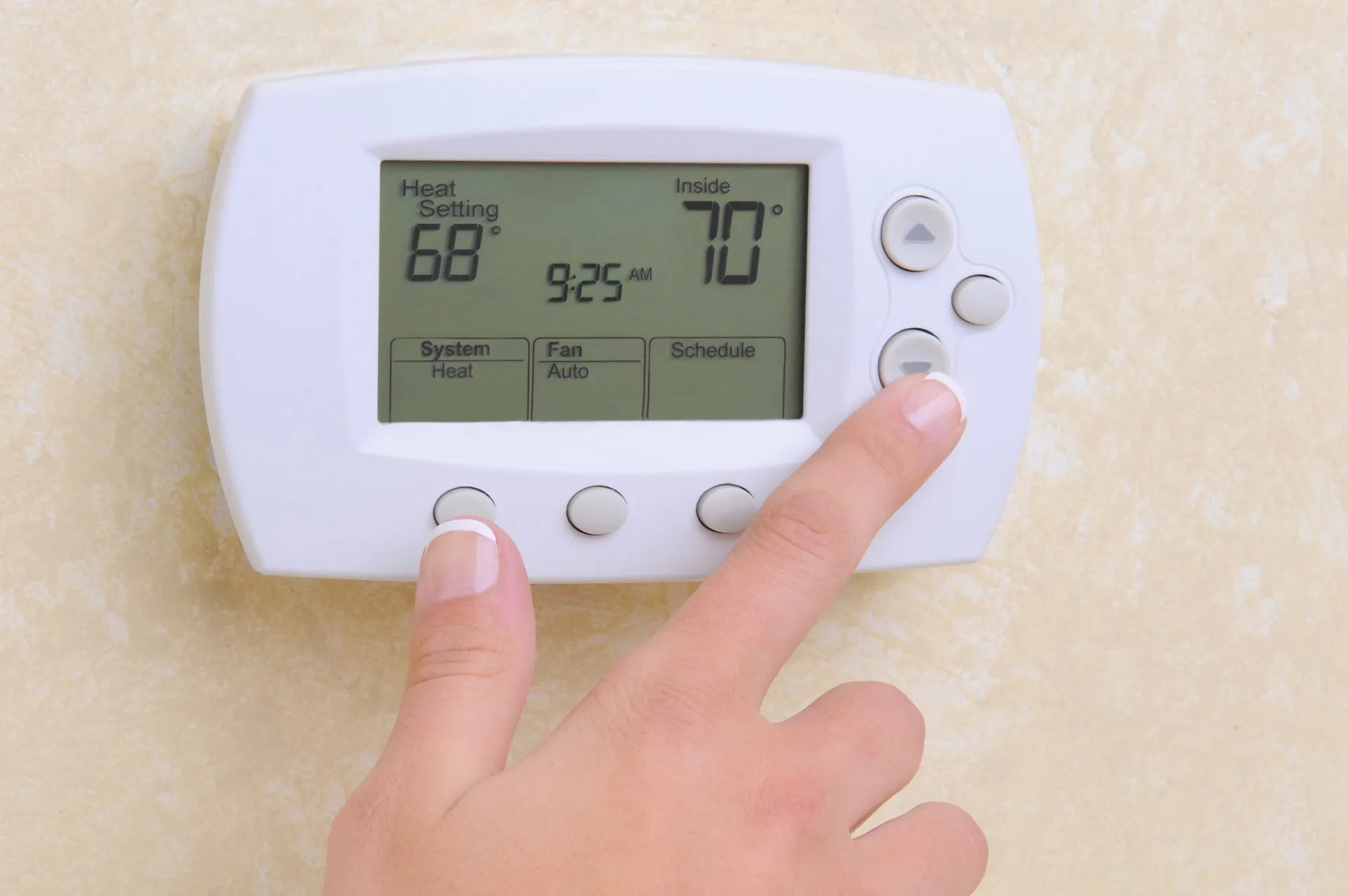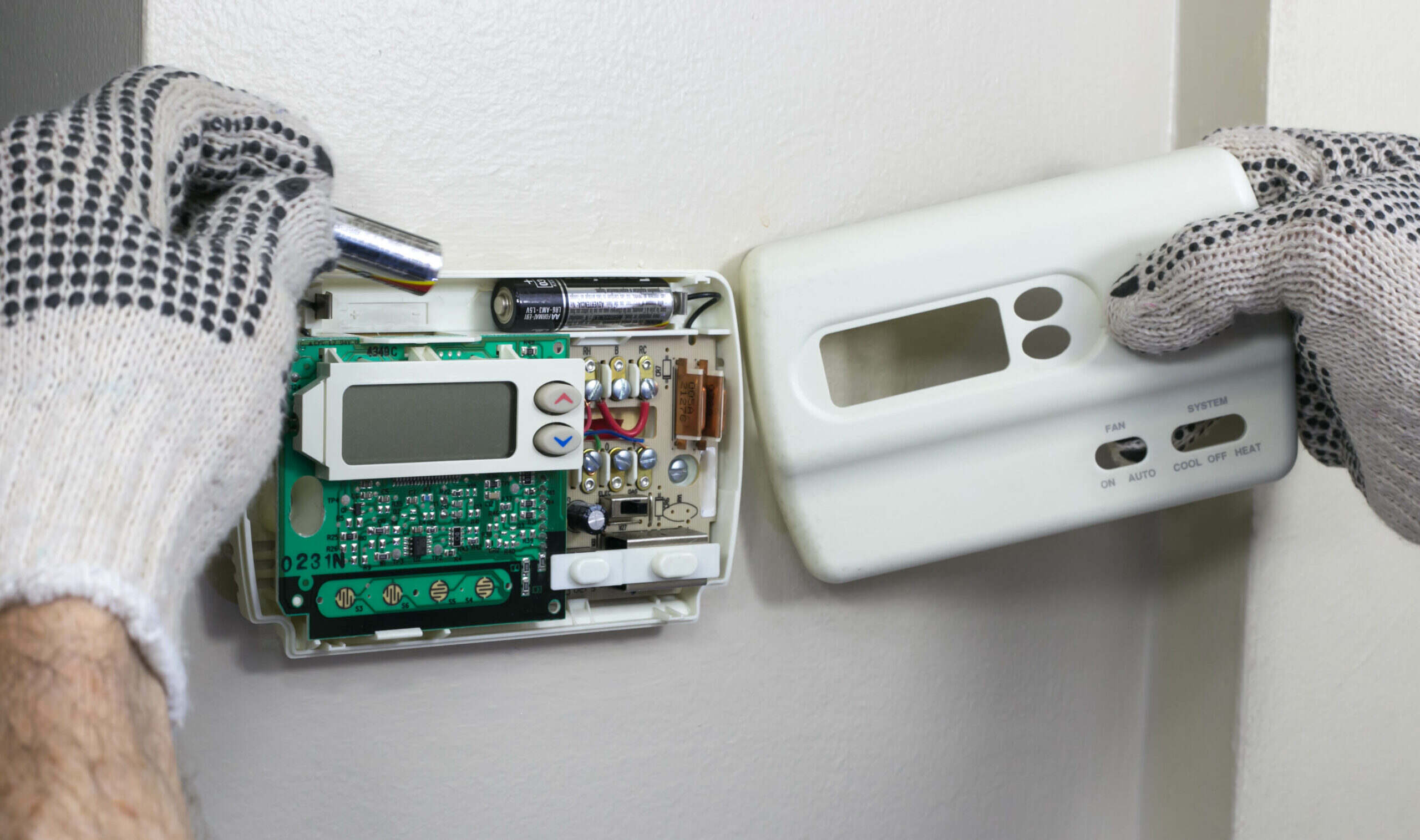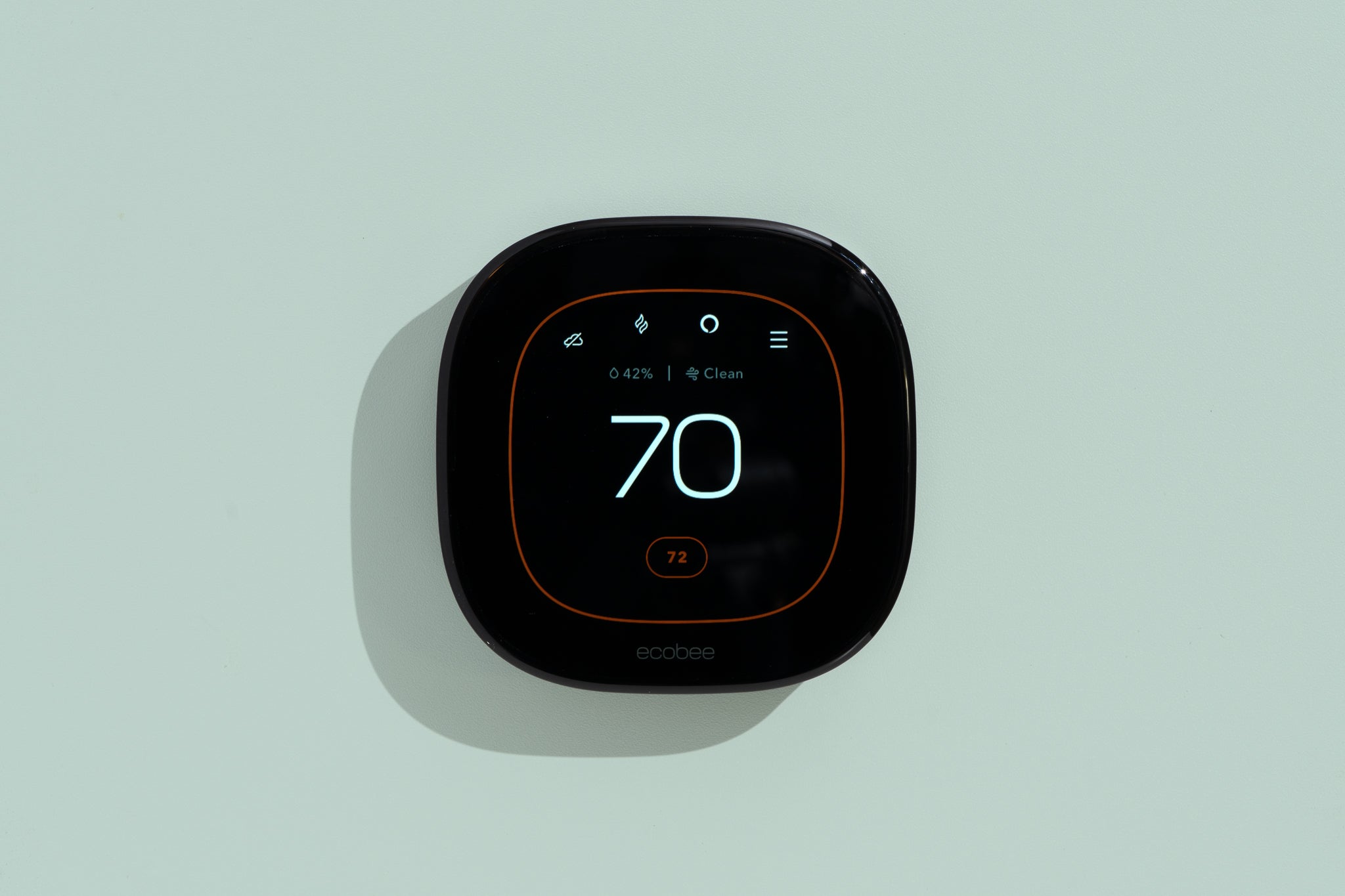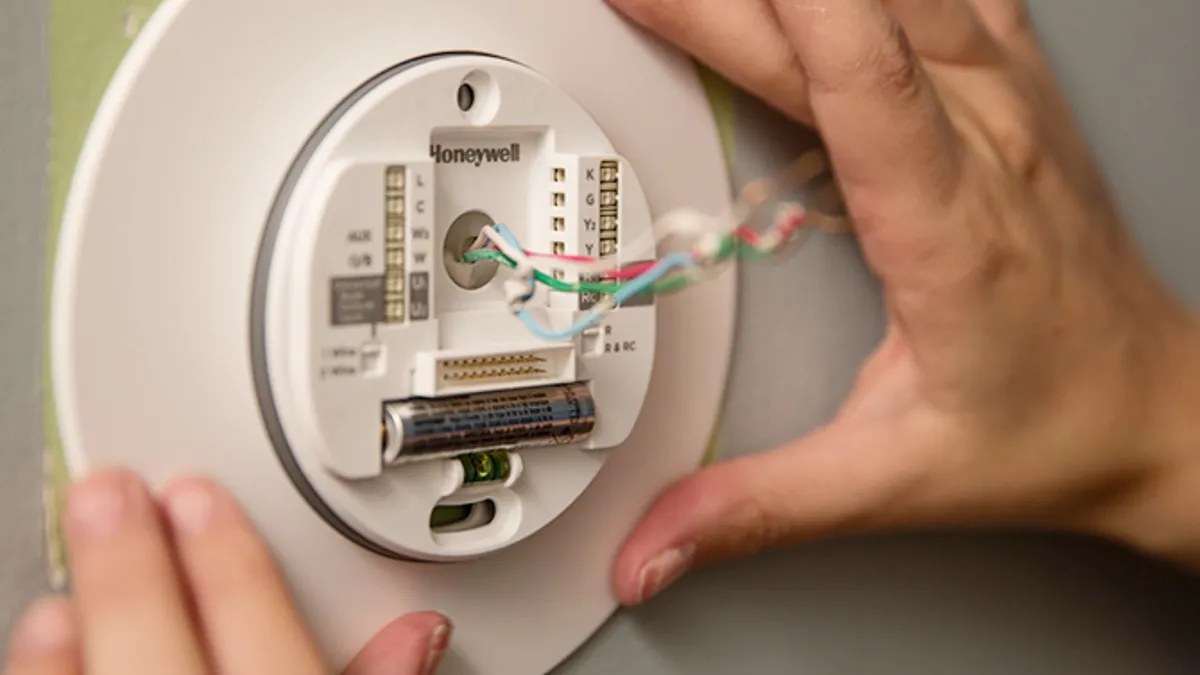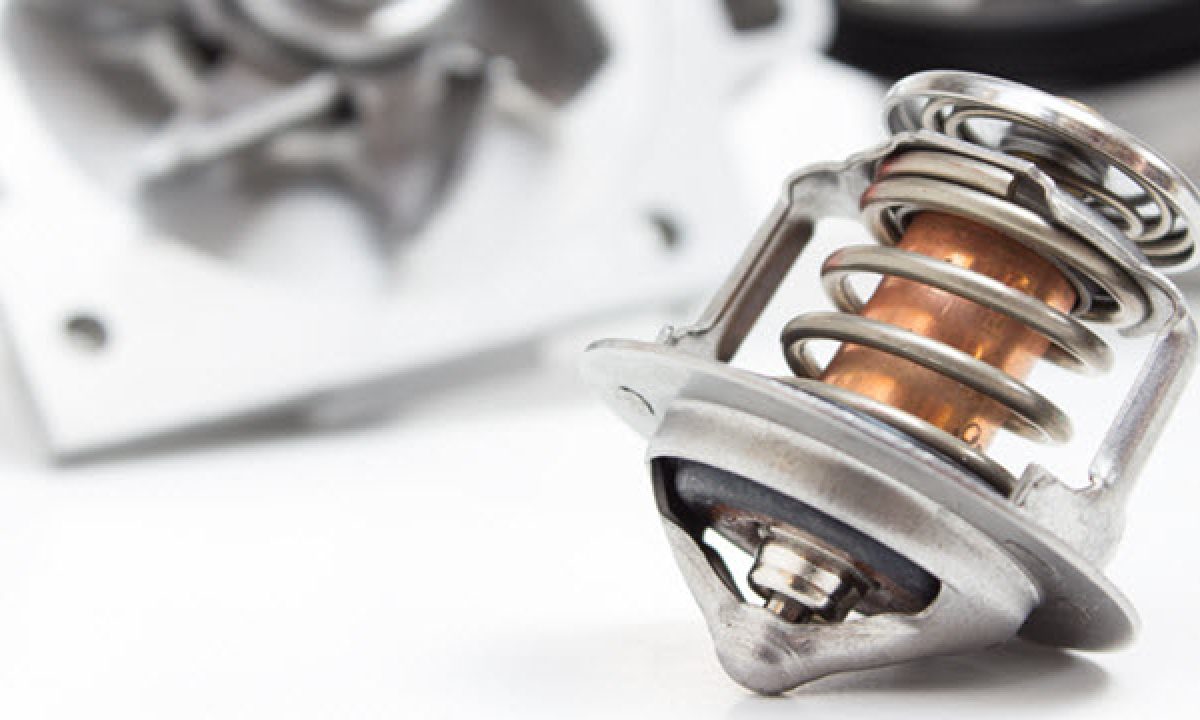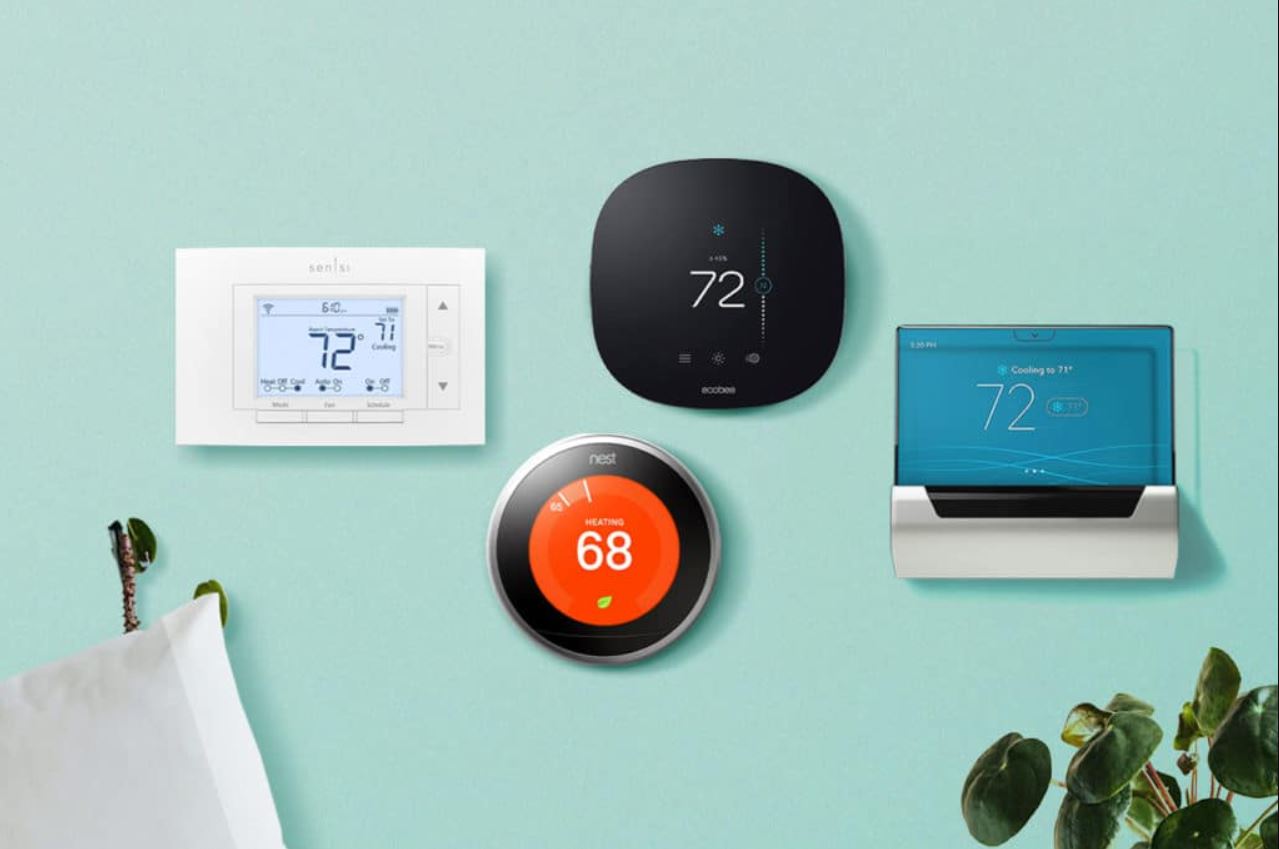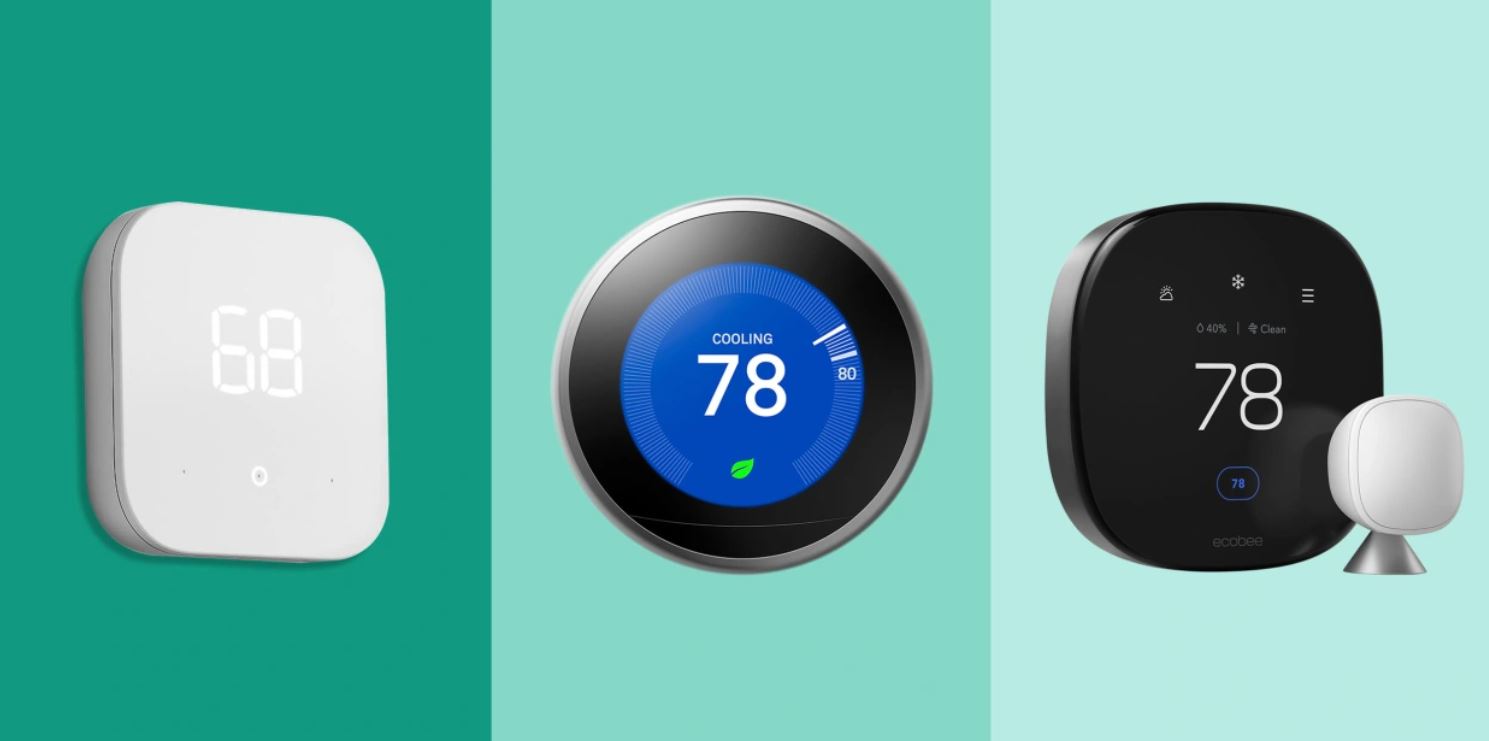Introduction
The thermostat in our homes plays a crucial role in maintaining a comfortable indoor environment. It allows us to control the temperature and ensures that we stay warm during the winter months and cool during the summer. However, when it comes to setting the temperature, many homeowners wonder how low their thermostats can go.
Understanding the temperature range of a thermostat is important for various reasons. It can affect energy consumption, indoor comfort, and even impact our health and safety. In this article, we will delve into the factors to consider when determining how low your thermostat can be set, as well as explore the potential benefits and drawbacks of different temperature settings.
Before we dive into the specifics, it is worth mentioning that the minimum temperature at which you can set your thermostat can vary depending on the type and model you have installed. Most thermostats allow you to choose a temperature ranging from 40 to 90 degrees Fahrenheit (4 to 32 degrees Celsius). However, some thermostats may have a narrower range or additional features that limit the lowest setting.
With that in mind, let’s explore the factors that you should consider when determining how low your thermostat can be set, and how different temperature settings can impact energy consumption, indoor comfort, and your overall well-being.
Factors to Consider
When it comes to determining how low your thermostat can be set, there are several factors to consider. These factors can vary depending on your climate, insulation, and personal preferences. Let’s take a closer look at some of the key factors:
1. Climate: The climate in which you live plays a significant role in determining the lowest temperature you can set on your thermostat. In colder climates, you may need to set the temperature higher to ensure adequate warmth and prevent freezing pipes.
2. Insulation: The insulation of your home can impact how effectively it retains heat. Well-insulated homes can maintain a comfortable temperature even at lower thermostat settings. If your home is poorly insulated, you may need to set the temperature slightly higher to compensate for heat loss.
3. Energy Efficiency: Lowering the thermostat can contribute to energy savings. Each degree you lower can save you up to 1% on energy bills. However, it’s essential to strike a balance between energy efficiency and indoor comfort.
4. Personal Comfort Preferences: Everyone has different temperature preferences. Some individuals feel comfortable at cooler temperatures, while others prefer warmer environments. Consider adjusting the thermostat to a temperature that aligns with your personal comfort needs.
5. Occupancy and Time of Day: Adjusting the thermostat based on occupancy and time of day can help optimize energy usage. Lowering the temperature when you’re away from home or asleep can lead to significant energy savings.
By considering these factors, you can determine the ideal range for your thermostat settings, balancing energy efficiency with your personal comfort needs.
Conserving Energy
Setting your thermostat to a lower temperature can significantly impact your energy consumption and lead to cost savings. Let’s explore how conserving energy by adjusting your thermostat can benefit both your wallet and the environment:
1. Energy Cost Savings: Lowering the temperature on your thermostat can result in substantial savings on your energy bills. For each degree you lower the temperature, you can save up to 1% on your heating costs. Over the course of a winter season, these savings can add up.
2. Environmental Impact: Energy consumption contributes to greenhouse gas emissions and global warming. By conserving energy, you can reduce your carbon footprint and help protect the environment. Even a small adjustment in thermostat settings can make a difference in the long run.
3. Energy Efficiency: Using less energy for heating not only saves money but also promotes energy efficiency. It encourages responsible energy consumption and reduces reliance on fossil fuels, which are finite resources.
4. Programmable Thermostats: Investing in a programmable thermostat allows you to schedule temperature adjustments, optimizing energy usage throughout the day. You can set the thermostat to automatically lower the temperature when you are away or asleep, and raise it before you return or wake up.
5. Layering and Insulation: Instead of relying solely on your thermostat, consider wearing layers of clothing and using blankets to stay warm. Ensuring proper insulation in your home can also help retain heat and reduce the need for higher thermostat settings.
By conserving energy through responsible thermostat use and taking additional measures to reduce heat loss, you can lower your environmental impact and save money on your energy bills.
Indoor Comfort
While conserving energy is important, it’s equally essential to consider your indoor comfort when setting your thermostat. Here are some key points to keep in mind:
1. Personal Comfort: The temperature you set on your thermostat should ensure your comfort. You want a balance between warmth and coolness that allows you to feel comfortable and relaxed in your home.
2. Health and Well-being: Extreme temperatures can affect your health and well-being. Being too cold can lead to discomfort, while being too hot can cause dehydration and discomfort. It’s important to set a temperature that promotes a healthy and comfortable indoor environment.
3. Humidity Control: The humidity levels in your home can impact your comfort. During the winter, dry air can cause discomfort and respiratory issues, while high humidity can lead to a feeling of stickiness. Your thermostat should help maintain optimal humidity levels for your well-being.
4. Zoning: If you have multiple zones in your home, such as different floors or rooms, consider setting individual thermostats to cater to the specific temperature needs of each zone. This allows for personalized comfort throughout your home.
5. Thermal Comfort: Factors such as insulation, drafts, and air circulation can affect your perception of comfort. Ensure that your home is properly insulated, seal any drafts, and promote good air circulation to maximize thermal comfort.
By considering the factors that contribute to your indoor comfort, you can find the right thermostat settings that ensure a cozy and pleasant environment for you and your family.
Health and Safety Concerns
Setting the temperature on your thermostat not only affects your comfort but also has implications for your health and safety. Let’s explore some important considerations in this regard:
1. Hypothermia and Hyperthermia: Extreme temperatures can lead to health risks. Low temperatures can cause hypothermia, a condition in which the body loses heat faster than it can produce it. On the other hand, high temperatures can result in hyperthermia, causing dehydration, heat exhaustion, and even heatstroke. It’s crucial to set your thermostat within a safe temperature range to avoid these health issues.
2. Indoor Air Quality: Proper ventilation and air circulation are essential for maintaining good indoor air quality. Setting the temperature too low or too high may affect the performance of your HVAC system, leading to inadequate air circulation and potential impacts on air quality. Regular maintenance and proper thermostat settings can help ensure healthy indoor air.
3. Sleep Quality: The temperature of your sleep environment can significantly impact your sleep quality. It’s important to set a temperature that promotes restful sleep. For most individuals, a slightly cooler environment, around 65 to 68 degrees Fahrenheit (18 to 20 degrees Celsius), is ideal for a good night’s sleep.
4. Freezing Pipes: In cold climates, setting the thermostat too low can increase the risk of frozen pipes, which can lead to burst pipes and water damage. It’s important to set the temperature high enough to prevent pipes from freezing, especially in unheated or poorly insulated areas of the home.
5. Fire Safety: Certain appliances and equipment may require a minimum temperature setting to function safely. Always check the manufacturer’s guidelines to ensure that your thermostat settings meet the safety requirements of your appliances.
By considering these health and safety concerns, you can set your thermostat to promote a safe and comfortable indoor environment for you and your family.
Conclusion
Determining how low your thermostat can go depends on various factors, including climate, insulation, personal comfort preferences, and energy efficiency goals. While it’s tempting to set the thermostat at the lowest possible temperature to conserve energy, it’s important to strike a balance between energy conservation and indoor comfort.
By considering factors such as your climate, insulation, and personal comfort preferences, you can determine the ideal thermostat settings that meet your needs. Lowering the temperature can lead to significant energy cost savings and reduce your environmental impact. However, it’s vital to ensure that you maintain a comfortable and safe indoor environment.
Remember to consider the health and safety concerns associated with extreme temperatures, such as hypothermia, hyperthermia, indoor air quality, sleep quality, freezing pipes, and fire safety. Keeping these factors in mind will help you set the thermostat to promote a healthy, comfortable, and safe living space.
Whether you choose to invest in a programmable thermostat, optimize insulation, or implement other energy-saving measures, find the right balance that suits your lifestyle and preference. By doing so, you can enjoy a comfortable indoor environment while conserving energy and reducing your environmental footprint.







